How Jaguar Made the Electric I-Pace So Good Looking
The Jaguar I-Pace is an important vehicle for the British brand, but not just because it represents its first fully electric model.
Moving beyond its battery-powered significance, the I-Pace also serves as a crucial tool for exploring the styling future at Jaguar as it delves deeper into the SUV and EV market.
Jaguar design chief Ian Callum took the time to walk me around the I-Pace at the Amelia Island Concours d’Elegance to discuss the reasoning behind the small hauler’s styling, and how it works to balance the real-world demands of its electric drivetrain with the expectations associated with the Jaguar brand.
ALSO SEE: Where Is Jaguar Made?
“I had always had this notion, early on, of doing a cab-forward, almost like a mid-engine sports car, but as a sedan. But the problem with a mid-engine sedan is that you’ve put the engine where the people sit — so it doesn’t really work, does it?” Callum said, laughing as he gestured to the forward half of the vehicle’s cockpit. “But with the I-Pace, I was able to do something where visually, it threw the weight of the car forward.”
ALSO SEE: Jaguar i-Pace First Drive: 5 Things I Learned After 3 Minutes Behind the Wheel
Not without compromise of course, as the Jaguar I-Pace’s drivetrain consists of 26 batteries arranged in a skateboard-type design that mounts them low down in the chassis, where they feed power to three motors that are concentric to the axles. Callum dove deep into how that type of structure affects its overall look.
“We knew it was going to be an SUV, because it’s the road of least resistance, from a marketing perspective,” he explained. “The F-Pace is the best selling Jaguar ever, and we know that there’s a fairly even global demand for SUVs. Since we’re going to be doing something different, let’s not try to make things too hard for ourselves.”
“But the other advantage of doing an SUV is that it doesn’t challenge the height of the car. The depth of the battery makes a sedan more difficult, unless you take batteries out of the floor to give yourself a place for your feet, like Porsche did with the Mission E, but then the question becomes where do you move the power pack to?”
Callum clarified that the skateboard design adds about 100 mm (4-5 inches) of height additional height to the platform. “On a sports car, that hurts,” he winced.
“Now, if you look at the profile of the car, the wheelbase is set up after the battery content, there’s no debate about that — it had to be that size,” Callum said, “To make the cab-forward look interesting, instead of horizontal and static like a giant hatchback of some kind, we had to add some drama to the design, because that’s what Jaguars have always been about, drama and exaggeration. We’ve got a long history of long bonnets and low roofs. So we focused on exaggerating the character of the car to give it that sense of movement, and speed, and dynamism.”
The designer then gestured to the I-Pace’s profile:
“That’s why we created this particular waistline, which visually throws the weight right into the front wheel, around the a-pillar, and then exaggerate and emphasize the front haunches. You can think of it as the opposite of an F-Type, where the roofline is designed to call out and enhance the rear haunches of the vehicle. The most important thing is that it does something to the car to suggest that it’s moving.”
As with the Jaguar F-Pace, the I-Pace features more curves than straight lines, despite being a utility-oriented vehicle. Callum related how his design team chafed at the idea of having to stick to right-angles when designing a family-oriented hauler.
ALSO SEE: Top 5 Most Beautiful Cars Ever, According to Jaguar Design Mastermind Ian Callum
“I don’t buy the fact that an SUV has to look like a square box, which is why we’ve got the descending line along the roof, leading to the spoiler that holds the air right against the hatch glass,” he said “The production model actually adds a small lip onto that for additional stability. The squared-off back-end of the car is purely for aero to get the drag coefficient as low as possible, which ended up being 0.29. A number of the styling details that you see on the car — front, back, roof — are there to help contribute to that number.”
Callum acknowledged that the I-Pace moved relatively quickly from discussion to models to a finished concept, taking just three years from initial design to production. There were challenges along the way — including trying to stamp the SUV’s aluminum mono-side, which led to softer radiuses compared to the carved-out-of-carbon concept body. It was a learning process even for the Jaguar manufacturing specialists, which have been working extensively with aluminum longer than many other major manufacturers.
He also told me that there was significant pressure to “do more with the dashboard,” in terms of infotainment and moving it farther away from the driver and passenger, but packaging concerns for the heating and cooling systems, plus airbags placement, posed a problem. Then, of course, there are Callum’s own personal feelings on screen size and implementation.
“We discussed installing a giant, portrait-style LCD screen at the center, but I don’t believe in them — I think they’re very difficult to use at speed — and we all know people drive Jaguars quickly,” he said with a grin. “As a passenger, fine, but as a driver, it’s important to be able to find your way around a control system more intuitively than searching a screen that’s 12 inches high. We ended up going with a 10-inch horizontal setup, with a secondary screen down below, combined with useful rotary controls that let you take care of basic tasks without even looking at them — but if you do look at them, well, they’re beautiful things. I find joy in all that stuff, that mechanical interaction you get with the car you’re driving that you don’t get with a touchscreen.”
The interior also benefited from lessons that were learned from the process of building the larger F-Pace SUV, especially when it came to practicality and overall packaging. Callum pointed to the large amounts of front-cabin storage (including 10 liters in the center console) as well as the ample rear seat space. “We’ve got more room in the back than, say, a Porsche Macan, even though it’s about the size of a Macan, which shows you the advantages of taking all that engine out of the front and pushing everything forward,” he said.
ALSO SEE: Porsche Macan GTS vs Jaguar F-Pace S
Still, as advanced as the I-Pace is in terms of technology and mission statement, Callum’s team was conscious of the need to balance the cutting edge with the comforts of the familiar. He cited a deliberate decision to keep the front end of the car “in the family” by using the current Jaguar grille. Still, that doesn’t mean that we won’t be seeing changes to the brand’s visual identity in the near future.
“To do something dramatically different, and to change the face at the same time, would most likely have been a step too far, in my opinion,” he said. “That being said, the next objective overall is to get a bit of a new front end on the cars. We’re looking at a different headlight configuration. There’s nothing tying us to what we have now, other than it being a starting point when we did XF 10 years ago, so it’s time to move forward. Much of the rest of the stuff that you see on I-Pace, however, you may very well spot on upcoming models as well.”
Overall, Callum and the rest of the creative crew at Jaguar have been pleased with the reception given to their all-electric progeny.
“The I-Pace is a car that’s hard to pigeon-hole, as to whether it’s an SUV, a crossover, a car. I just tell people it is what it is, and I’m quite happy with that,” he told us. “I’ve always said that right is better than wrong when it comes to design. We made a genuine attempt within the shape and the physics that we had to work with to come up with something aesthetically pleasing, and if it defaults to certain lines, then so be it. At the end of the day, we’re building around the people that drive our cars. I don’t agree with making something overtly different simply because it’s an electric vehicle. I think different is easier than beautiful.”
“I’m getting mine next month, Callum then revealed. “I’m replacing my F-Type with it. How’s that for an endorsement?”
Discuss this on our Jaguar I-Pace Forum
More by Benjamin Hunting




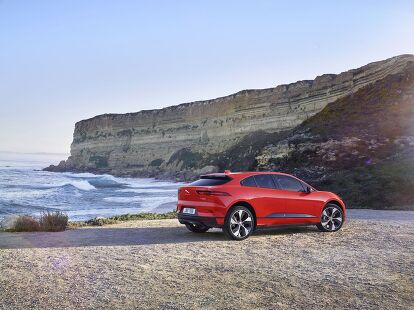





































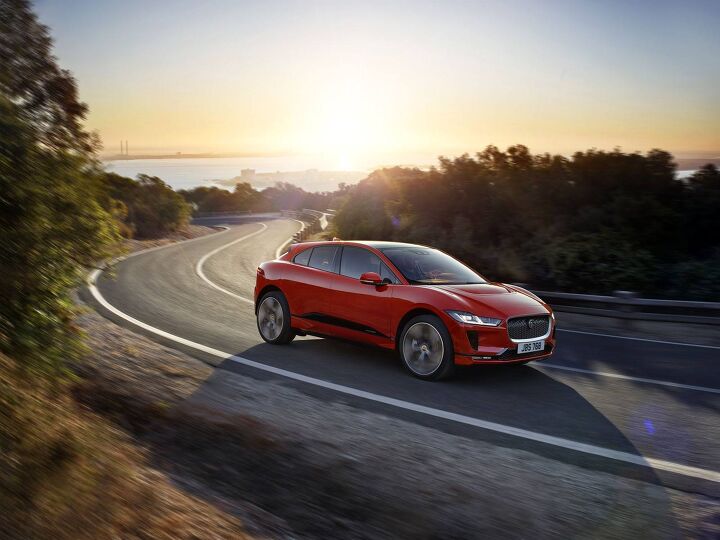
















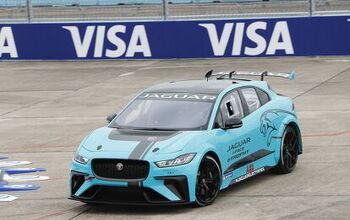
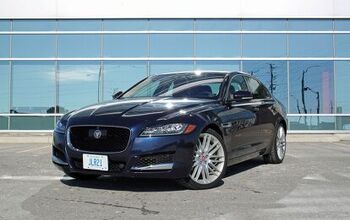
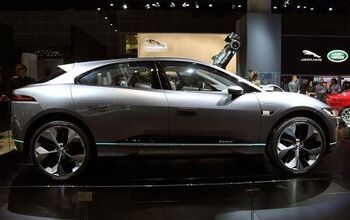

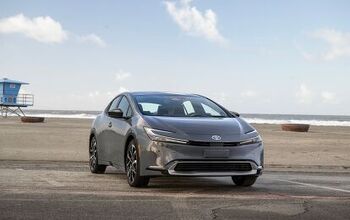
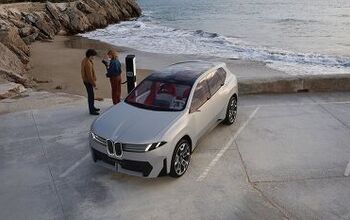
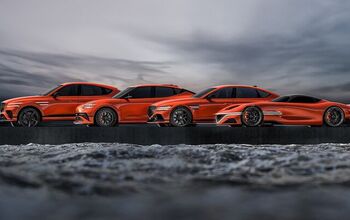



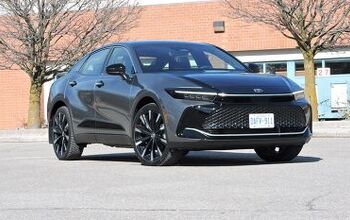
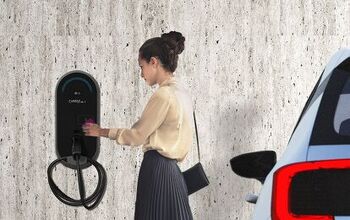

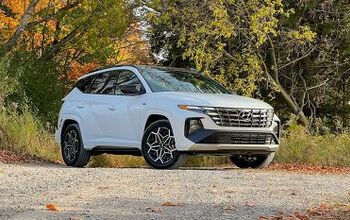
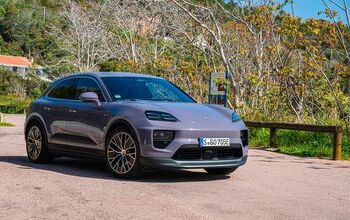
Comments
Join the conversation
Definitely a beauty. The interior makes the Tesla "S" and"X" look quite dated. I have both a Model 3 and an I-Pace reservation. Can't go wrong with either!